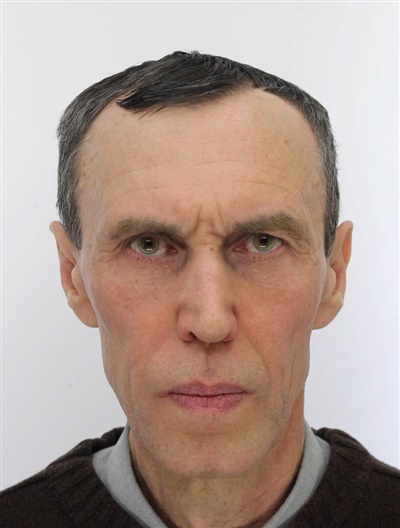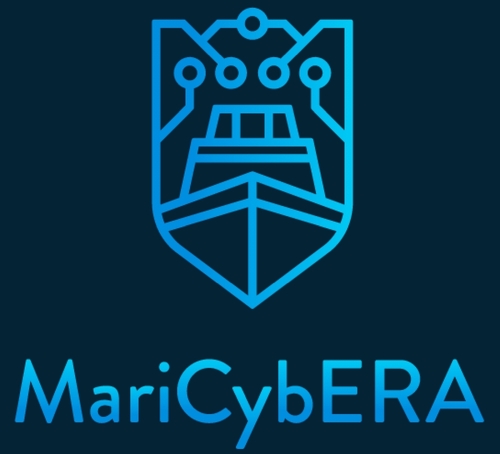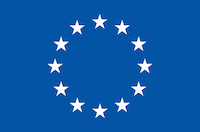
Igor Astrov was qualified as a Physicist Engineer from the Moscow Institute of Physics and Technology, my M.S. and Eng.Sc.D. degrees are received from the Tallinn University of Technology, where I have worked since 1994. Today I am a senior research scientist and have more than 180 scientific Publications, including 13 monographs. My scholarly monograph “Flight Control of Unmanned Rotorcrafts for Enhanced Situational Awareness” is available for more than 800 libraries around the world and “Neural Network Control of Vehicles” is available for more than 600 libraries around the world.
Please give us an overview of your achievements to date.
I have been awarded the degree of ’Doctor of Science, honoris causa’ from the International Academy of Natural History and the order ’Labore et Scientia’ from the European Scientific and Industrial Consortium.
I received the Best Paper awards for the 5th WSEAS World Congress: Applied Computing Conference 2012 (ACC’12, Faro, Portugal, May 2-4, 2012) and for the 9th WSEAS International Conference on Computational Intelligence, Man-Machine Systems and Cybernetics (CIMMACS’10, Merida, Venezuela, December 14-16, 2010).
I received the grade ’IEEE Senior Member’ from the Institute of Electrical and Electronics Engineers.
I have created the simulation models for Catamaran Autonomous Surface Vessel “Nymo” and for Self-Driving Car “Iseauto” at TalTech.
And I have experience of being a Chairman of more than 20 Sessions at International Scientific Conferences around the World.
How do you plan to make your contribution to the MariCybERA project?
I have been a member of the MariCybERA team since December 2023. My contribution is mainly in R&D, in the fields of modelling of multi-rate technical systems, the control of autonomous moving objects in various environments for improved situational awareness, and the neural control of vehicles to apply science-based solutions to maritime safety. More specifically developing simulation models for improving safety of control systems for unmanned surface vehicles to prevent cyber-attacks. However I also plan on contributing in writing articles in the field of maritime systems for publication, at conferences and in journals.
The development and improvement of mathematical model of the ship’s behaviour in certain environmental conditions of an experimental autonomous vessel became an important task. After constructing a suitable mathematical model, the need arose in the simulation model to examine the influence of external disturbances on the sensors to find the safe and unsafe signals for the control system to be used. Approaches for finding control signal limits for the safe and unsafe signals can include analytical and scientific calculation methods using a mathematical description of the system. The situation of a cyber-attack, where GPS signal is corrupted, and the ship must be able to perform patrolling tasks, also based on local sensors only, can be modelled. The effects of a cyber-attack can be modelled on any component or on all components of the control system. The simulation model also allows to study movement of unmanned surface vehicles in such complex external conditions as the influence of wind and sea waves.
Contact: igor.astrov@taltech.ee


